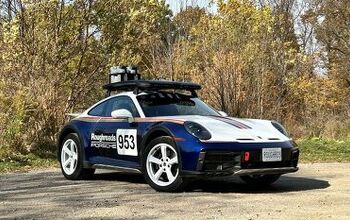What Parents Need to Know About NHTSA's New Car Seat Regulations
The National Highway Traffic Safety Administration (NHTSA) has introduced new standards for child car seats, marking a significant advancement in child passenger safety. These updated regulations aim to make car seats more user-friendly for caregivers and enhance the protection provided to children in vehicles.
Consumer Reports Applauds the Upgrades
Emily A. Thomas, PhD, the manager of auto safety at Consumer Reports (CR), praised the new standards. She highlighted their importance in addressing the challenges faced by children in modern vehicle environments and crash scenarios. The upgrades, long advocated by CR and other safety organizations, encompass several critical aspects:
- A revised test bench to mirror the geometry and stiffness of contemporary vehicle seats.
- The establishment of test conditions and performance criteria for side impact tests.
- The introduction of lap-and-shoulder belt test conditions, replacing the previous lap-only belt tests.
- Clear product labeling indicating child weight minimums for each seat mode.
- The use of test dummies that accurately represent the common weight ranges for child seat use.
- Enhanced owner registration program requirements for better recall compliance.
- New requirements specifically for child restraint systems in school buses.
The Importance of Rigorous Testing
CR has been testing and rating over 100 car seats for various criteria, including safety in crashes, fit in vehicles, and ease of use. These efforts help consumers make informed choices when selecting car seats. Gabe Knight, a safety policy analyst for CR, emphasized the value of these new standards in giving parents and caregivers confidence in the safety of car seats.
CR's Continued Commitment to Child Safety
Despite these improvements, CR's own crash-test protocols exceed the federal safety standards. CR's tests, which have evolved since the 1970s, include using actual vehicle seats to replicate real-life scenarios, evaluating the interaction with a simulated seatback, and implementing higher energy crash tests to differentiate car seat models based on their protective capabilities.
CR's approach also involves testing with lap-and-shoulder seat belts and using top tethers for forward-facing seats. They assess new technologies like load legs, which further enhance safety. CR's objective is not just to meet but to exceed the minimum performance standards.
Standardizing Side-Impact Protection
The NHTSA's updates are groundbreaking in standardizing side-impact protection. Previously, car seat labels indicating side-impact protection were based on varied tests by different manufacturers. The new requirements will establish a uniform minimum performance level for side-impact protection across the nation.
The Impact on Consumers
While many of NHTSA's changes might not be immediately noticeable to consumers, they play a crucial role in ensuring that child seats meet a minimum safety standard. This development is essential in assuring parents and caregivers of the safety of the car seats they use for their children.
Become an AutoGuide insider. Get the latest from the automotive world first by subscribing to our newsletter here.
This article was co-written using AI and was then heavily edited and optimized by our editorial team.
More by AutoGuide.com Staff
































Comments
Join the conversation